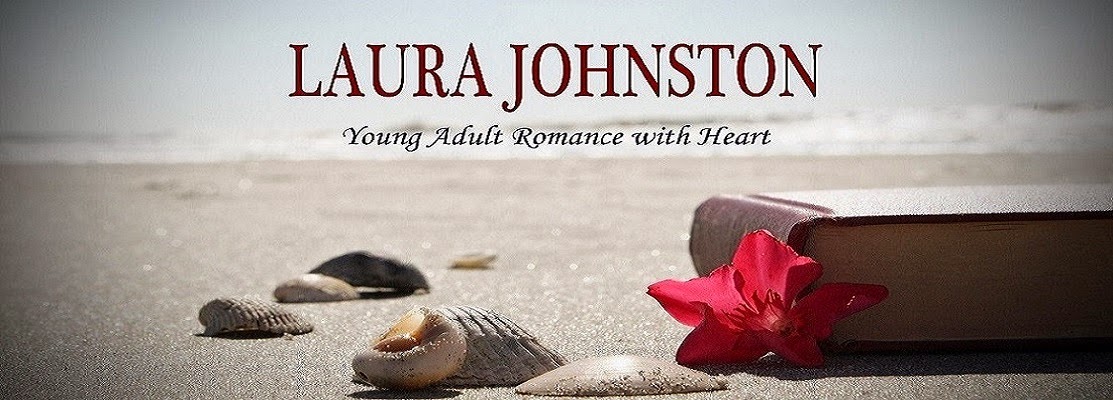 What's the difference between young adult and adult novels? Tell me I'm not the only aspiring author who has wondered (and still wonders sometimes). Some novels are clearly written for younger, middle grade readers. But what about older teens? After all, the term "young adult" implies that the reader is an adult, right? So where is the line drawn?
What's the difference between young adult and adult novels? Tell me I'm not the only aspiring author who has wondered (and still wonders sometimes). Some novels are clearly written for younger, middle grade readers. But what about older teens? After all, the term "young adult" implies that the reader is an adult, right? So where is the line drawn?I recently read a fairly popular young adult novel featuring a ninteen-year-old freshman in college who is in love with someone two to three years older than her. That makes the male protag, like, twenty two!
The distinction? I'd love your thoughts in the comments. Here's what I've discovered via a little research:
(the following information I found from Let The Words Flow, Wikipedia, and here)
Age of Intended ReadersYoung Adult Fiction (often abbreviated as YA), is "fiction written for, published for, or marketed to adolescents and young adults, roughtly ages 14 to 21 (Wikipedia)
POV
While we shouldn't go over the top researching teen slang, the narrative and dialogue should read like a teen would think and speak. A young adult novel filters the world through the eyes of a teenager. Remember what it felt like to be a teenager? Remember your thought process? Teens see things differently, feel differently, and understand on a different level.
(Let the Words Flow)
Content and Theme
Themes in young adult novels focus on the challenges of youth and the journey of becoming an adult (think coming-of-age). Some common themes (found here) include:
- Identity
- Sexuality
- Science Fiction
- Depression
- Drug Abuse
- Familial Struggles
- etc...
- Friendship
- Geting into trouble
- Interest in the opposite sex
- Money
- Divorce
- Single Parents
- Remarriage
- Problems with Parents
- Grandparents
- Younger Siblings
- Concern over Grades/School
- Popularity
- Puberty
- Race
- Death
- Neighborhood
- Job/working
http://www.blogger.com/%3Cp%3E%3Ca%20href=%22http://www.freedigitalphotos.net/images/view_photog.php?photogid=2588 (photo credit)
What am I missing? Have you ever read sections of a young adult novel and thought yeah right, a young adult would never think that/use that language, etc... Have you ever read or written a novel that falls in the gray zone between young adult and adult? Do you like cross over novels? I would love to learn from you, so please share your thoughts.



